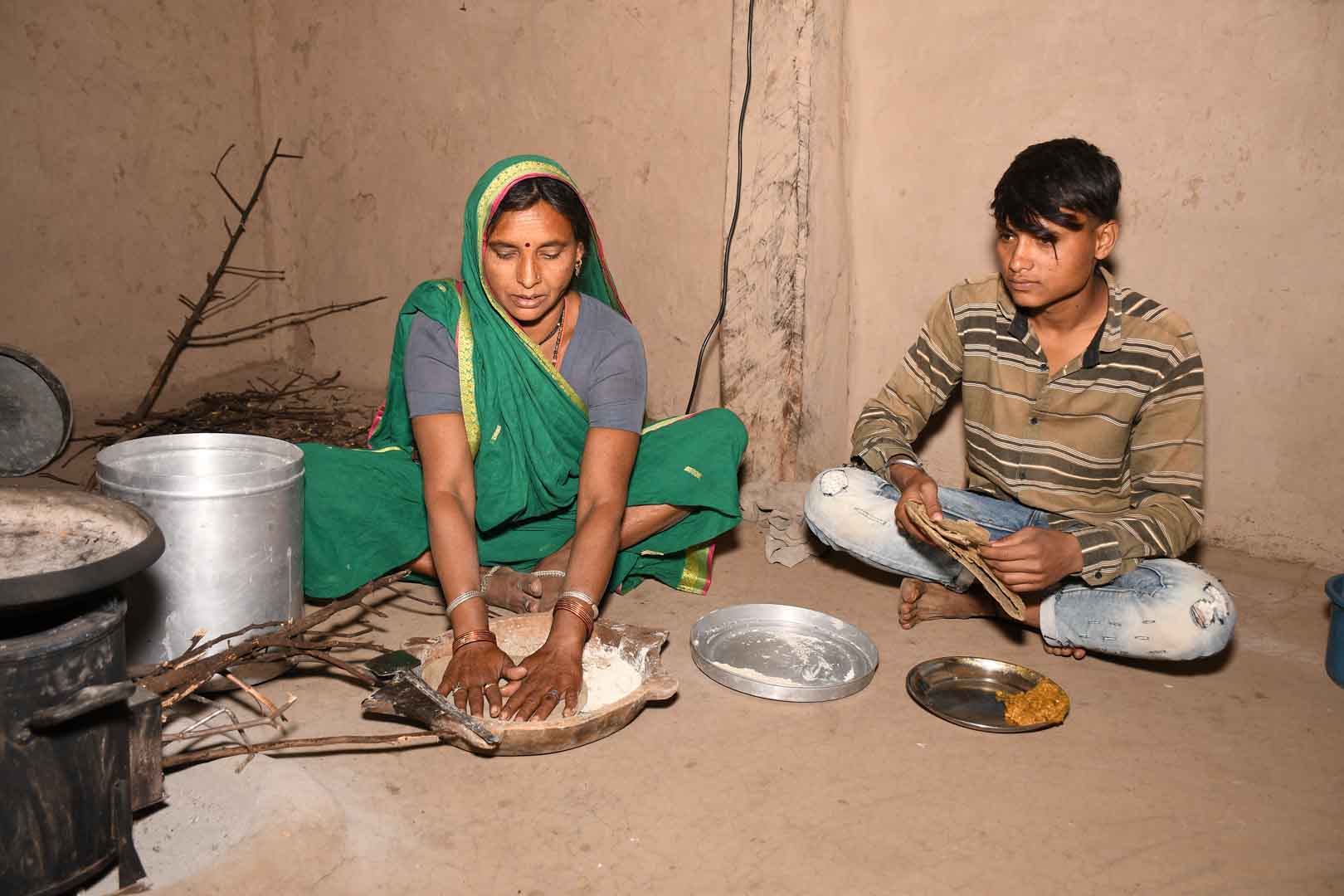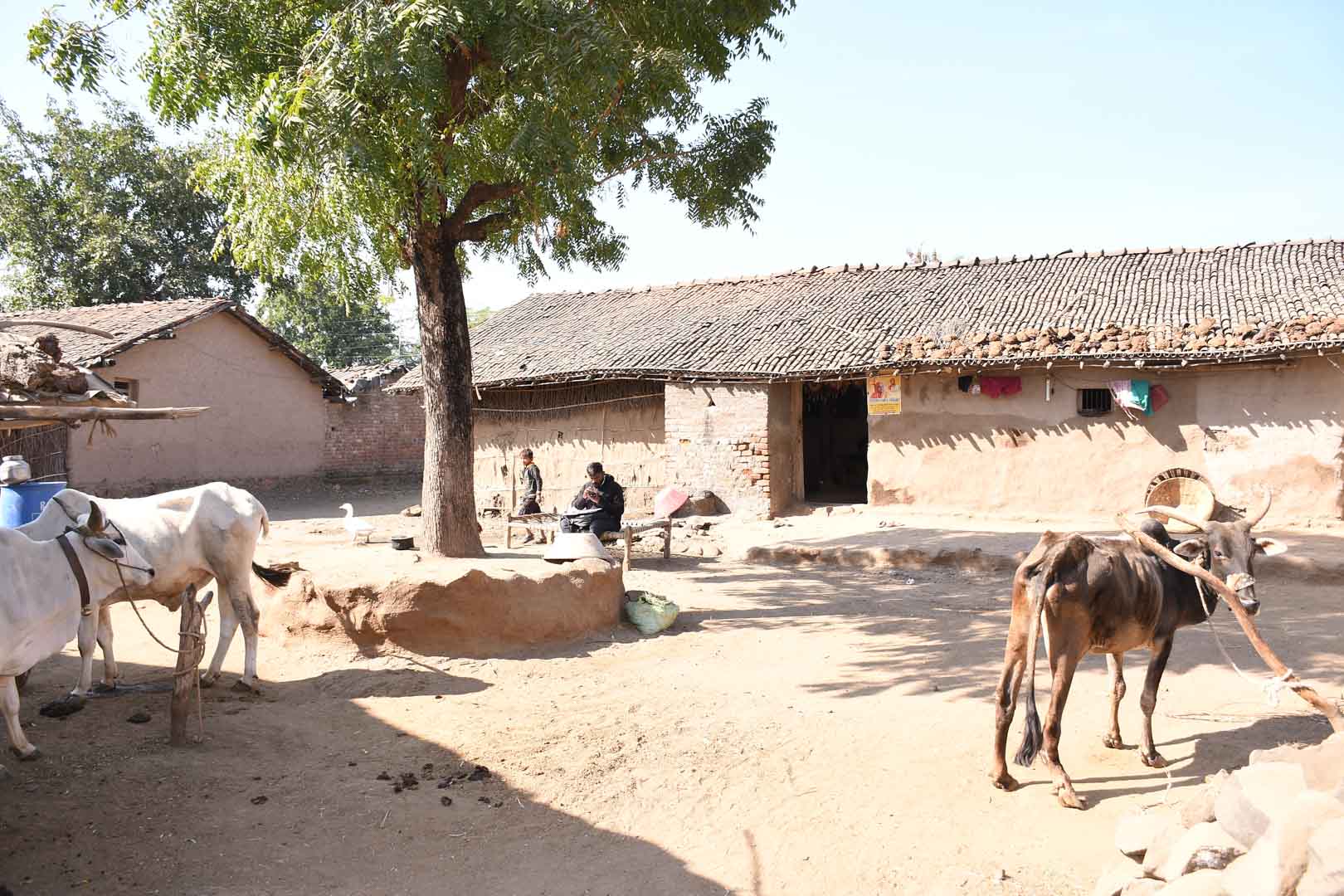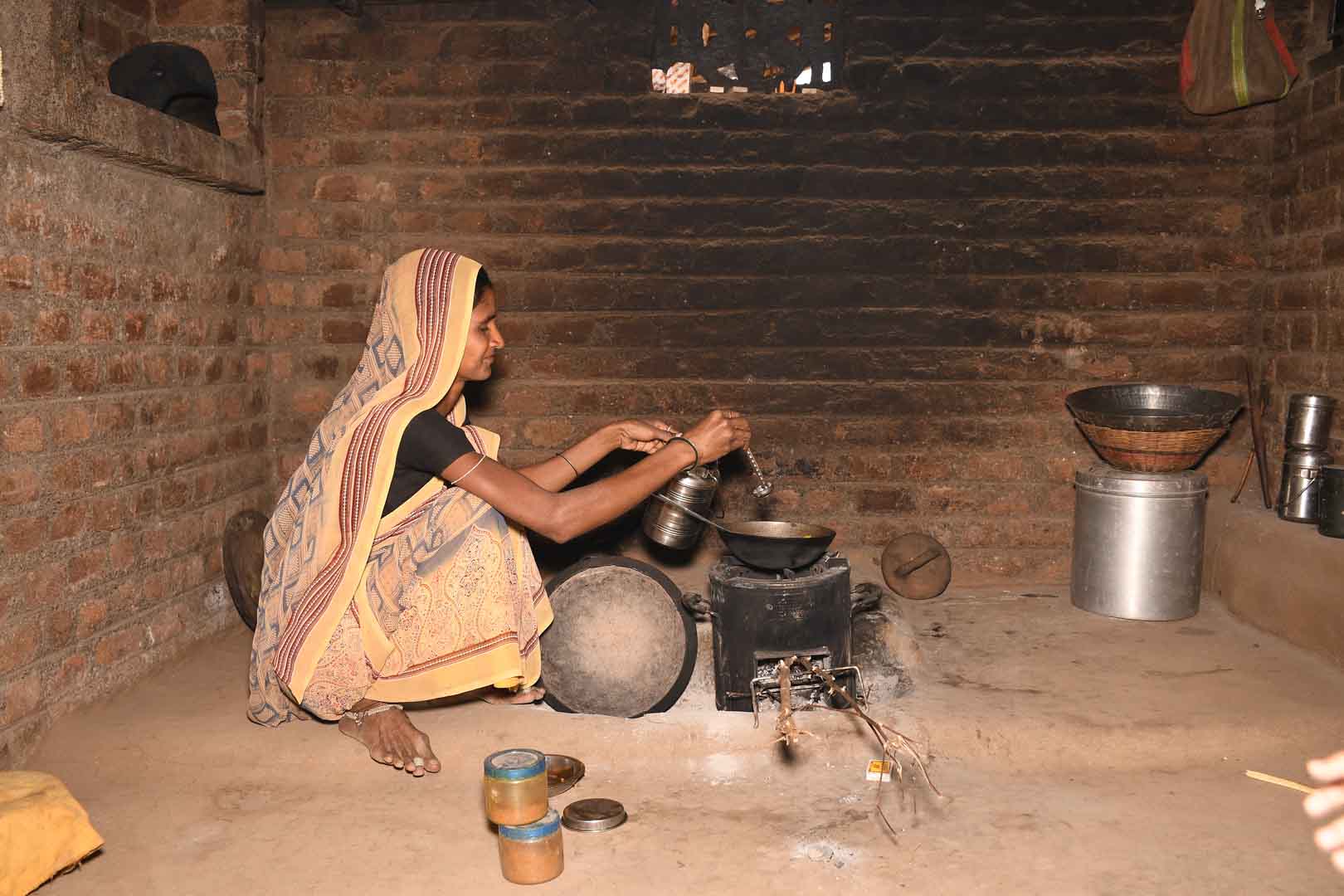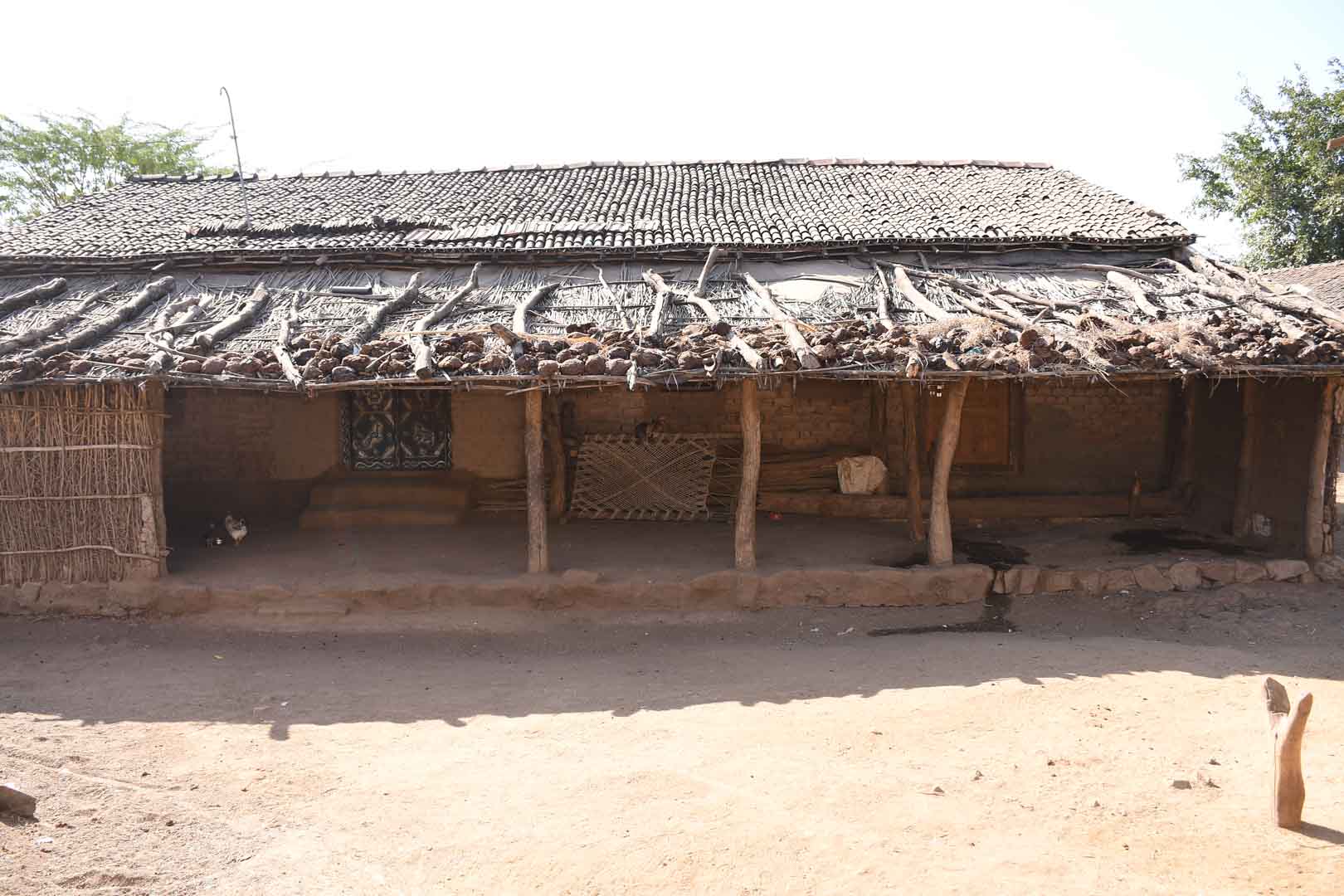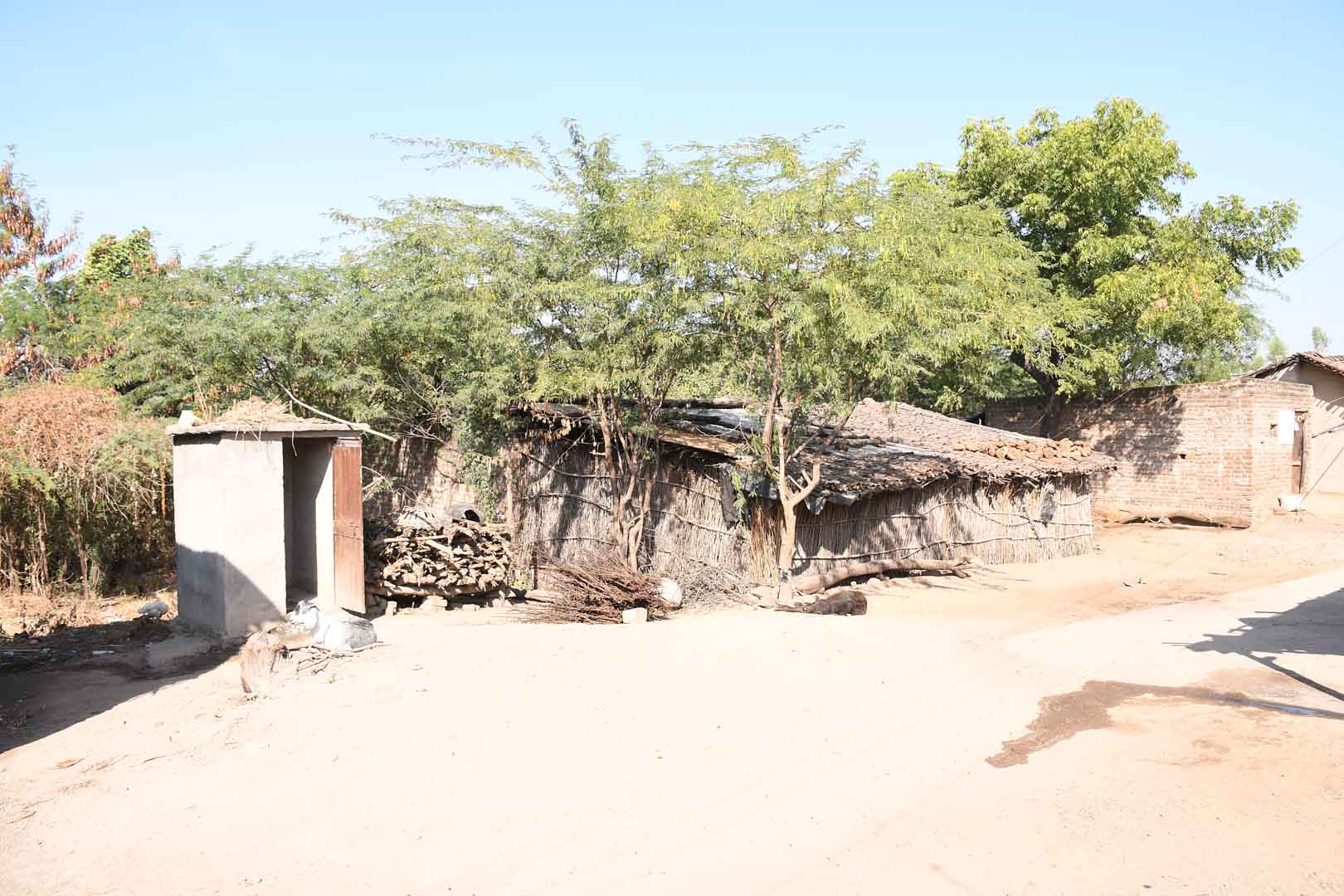Cookstoves improve health and reduce wood consumption
In the villages of Maharashtra, a state in western India, 85 % of households still rely on traditional cookstoves. This cooking method requires lots of wood and causes high exposure to smoke indoors, which poses a health risk especially to women and children. The aim of this project is to facilitate cleaner cooking practices and improve health by providing improved cookstoves to indigenous households and families living below the poverty level in Maharashtra.
The portable cookstoves are made of cast iron and require less firewood, reduce indoor air pollution and CO2 emissions. Thousands of households are provided with an improved cookstove through the project activities. A decreasing demand for firewood helps to minimise deforestation and has a positive impact on the biodiversity in the area.
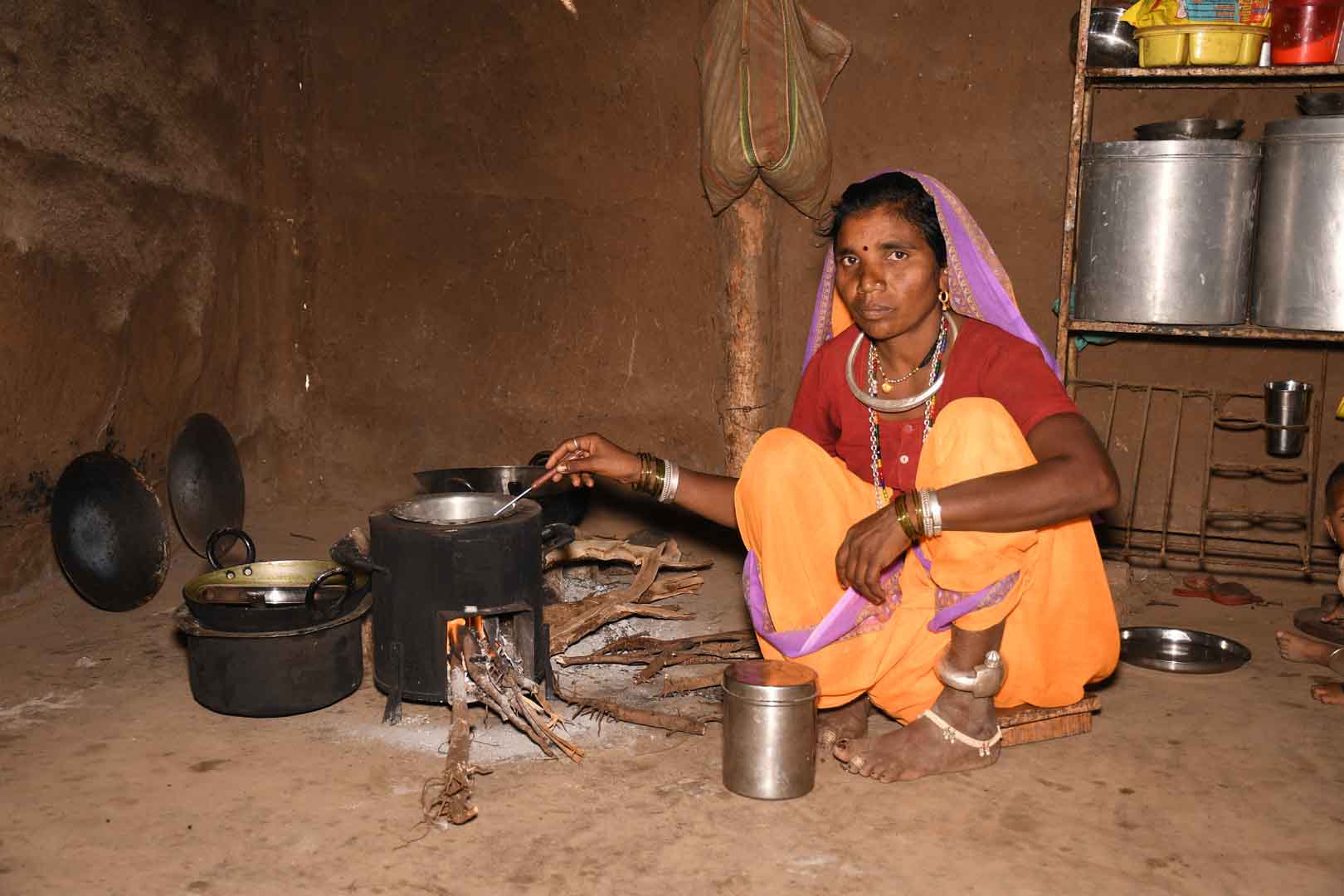
According to a statistic from the World Health Organization (WHO, 2024) around a third of the global population still relies on unsafe and environmentally harmful cooking methods. This includes, for example, cooking over open fires or using polluting cooking fuels, such as coal or kerosene. Improved cookstoves tackle this problem by using thermal energy more efficiently.
Depending on the model, an improved cookstove can reduce fuel consumption by up to 70 percent, which significantly saves CO2 emissions and can lower the pressure on local forests as less firewood needs to be harvested.
Improved cookstove projects allow the distribution of the - often simple - devices made from metal or clay to households, small enterprises or community facilities. Especially for households, this has an impact beyond the CO2 reduction: better indoor air quality decreases respiratory diseases and families can save time and money as less fuel is needed. Improved cookstoves projects in the ClimatePartner portfolio are registered with international standards.
Explore our projects
Biochar for Climate Action, Healthy Soils, and Better Harvests

A certified climate project combined with additional commitment

Expansion of renewable energy generation in Asia
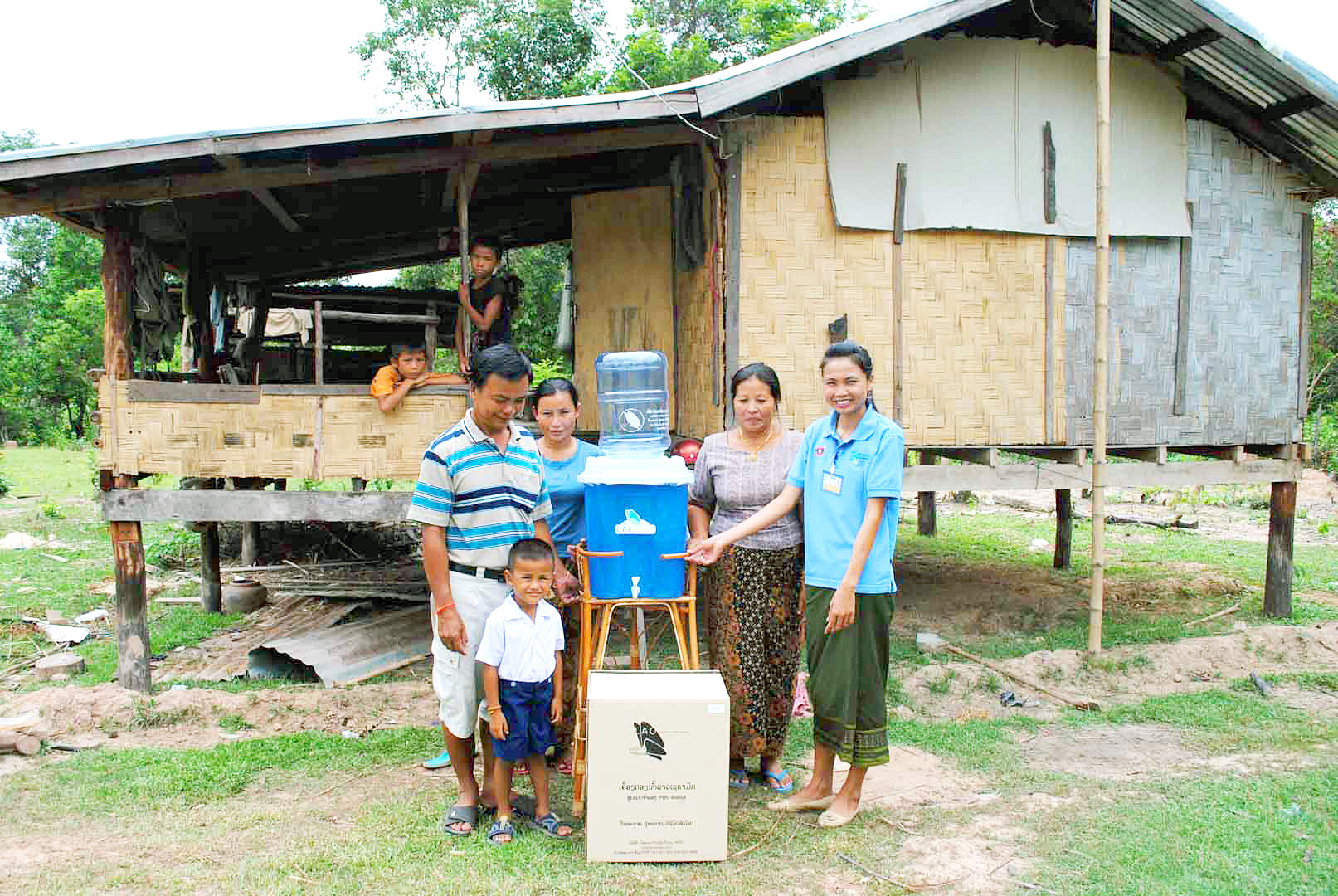
Ceramic water filters save CO2 and improve health
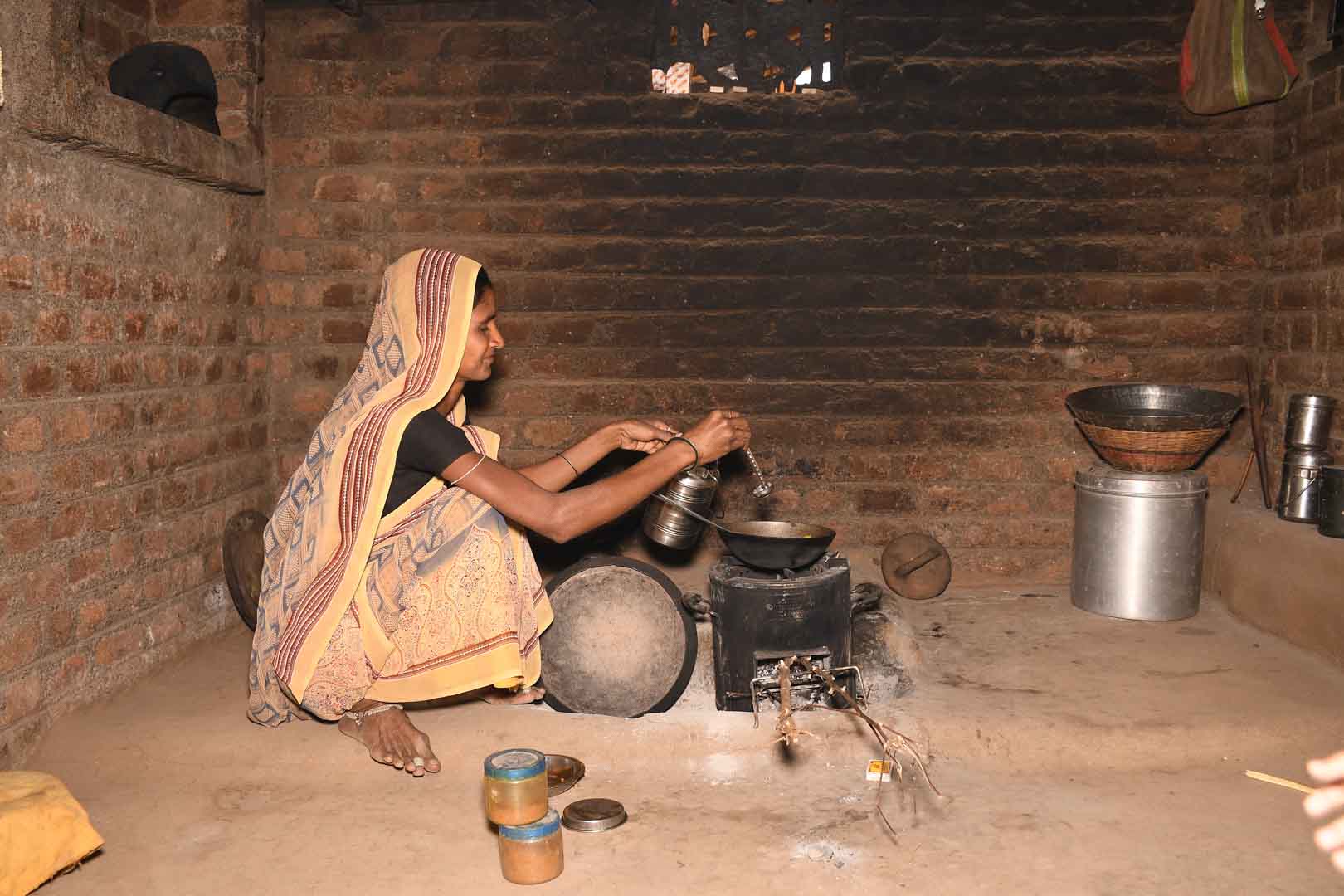
Improved cookstoves worldwide – for better health and cleaner air

A certified climate project combined with additional commitment
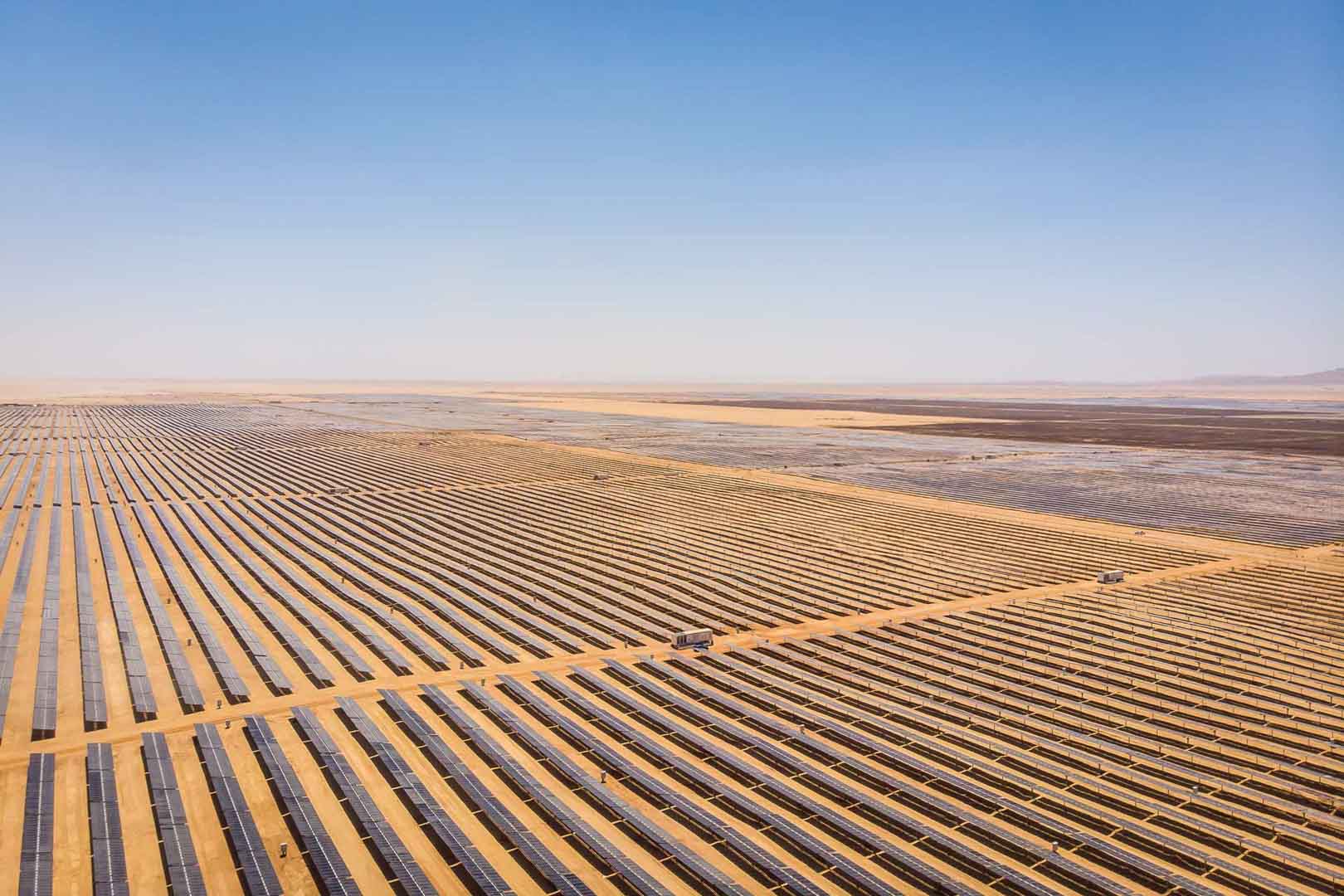
Powering access to renewable energy in Africa
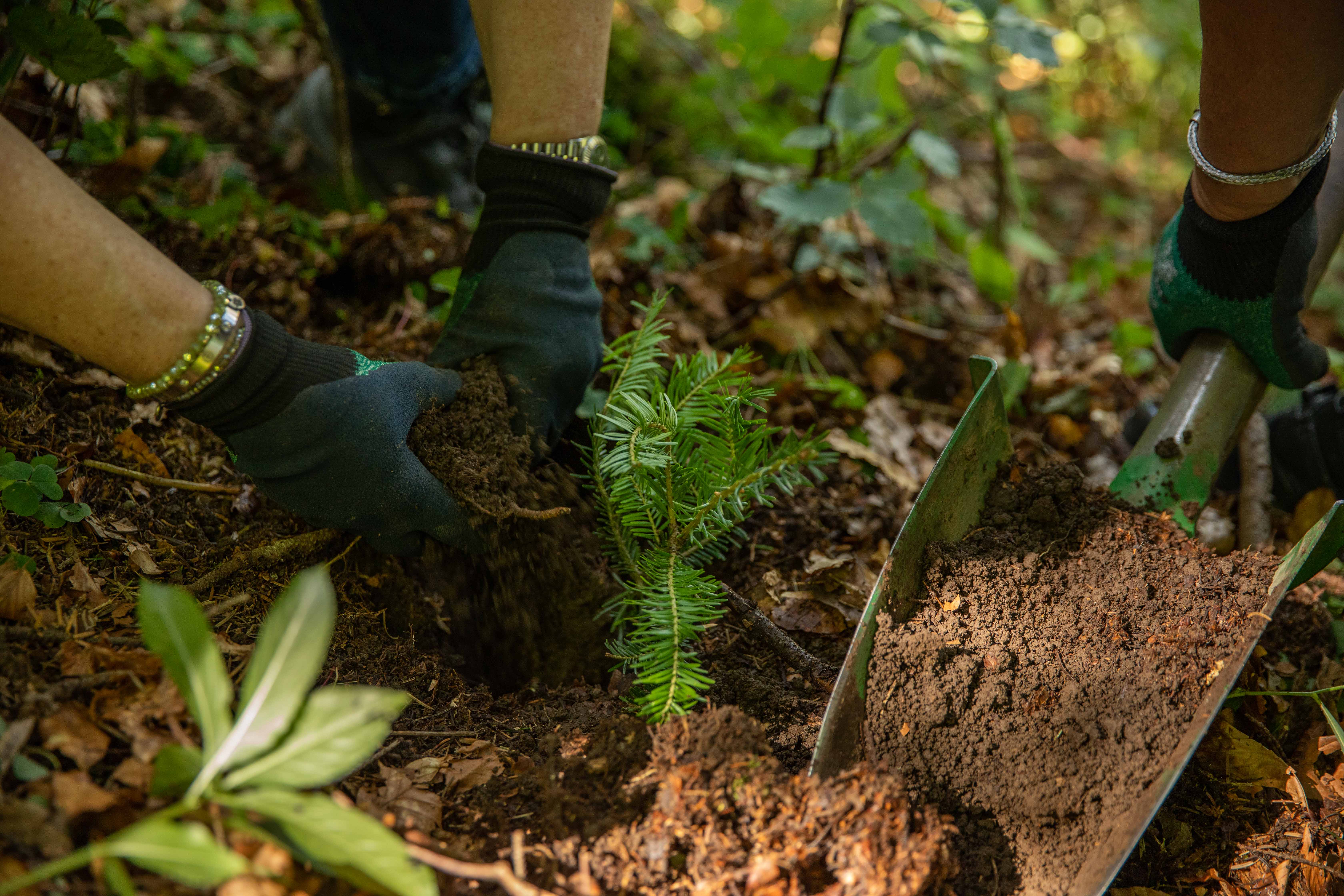
A certified climate project combined with additional commitment
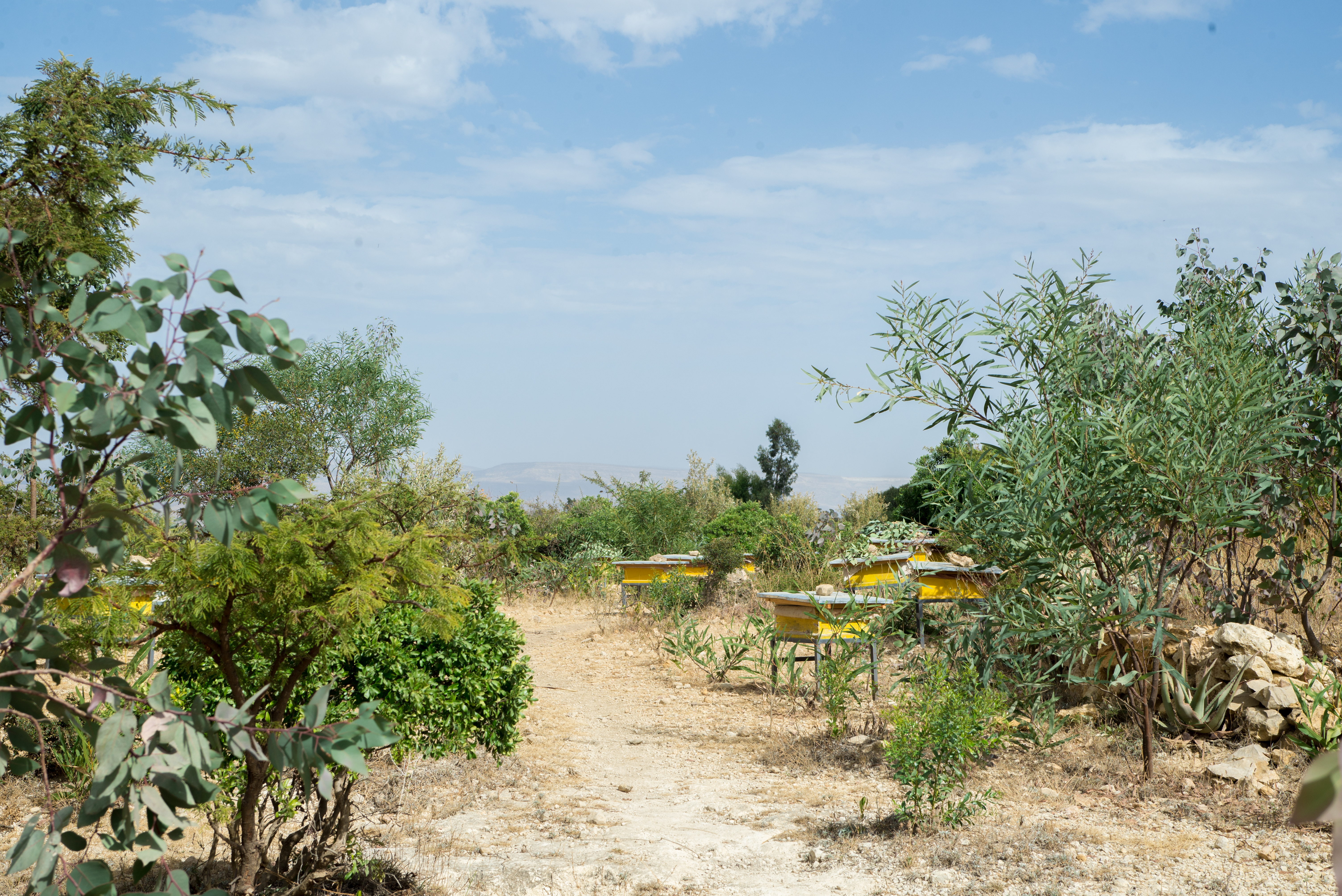
Restored ecosystems remove carbon
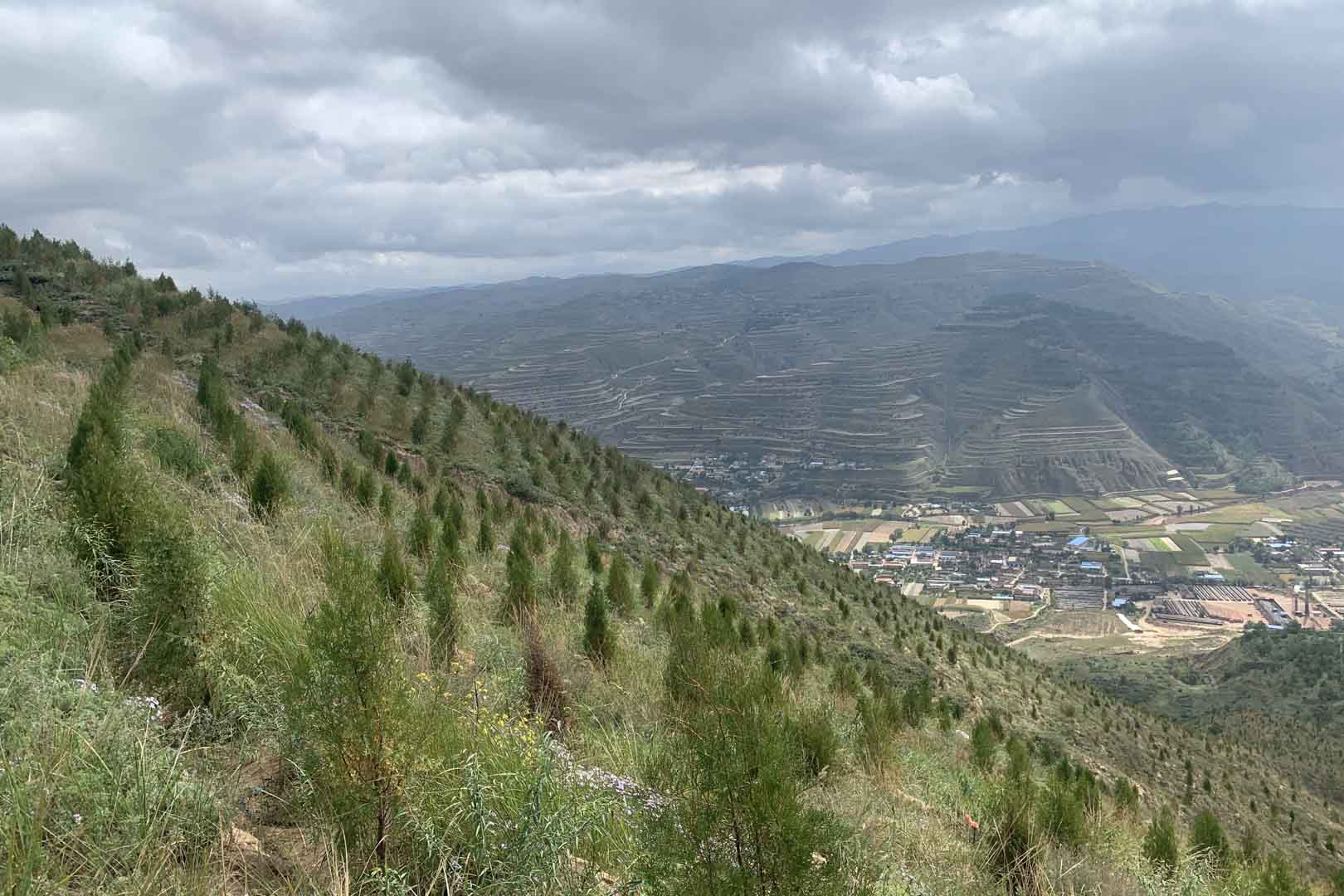
Turning degraded farmlands into healthy ecosystems
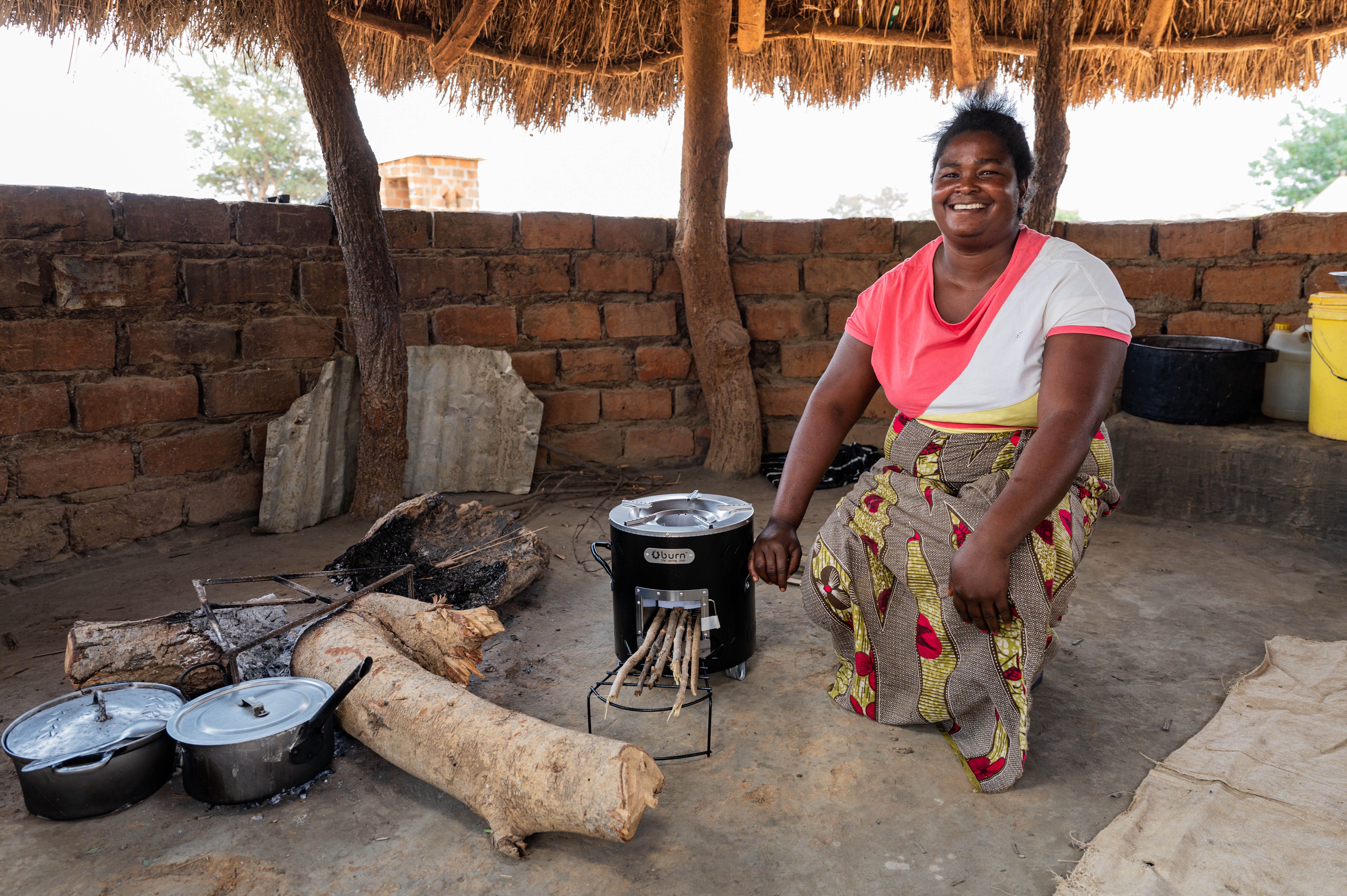
Improved cookstoves - better for health and the environment
